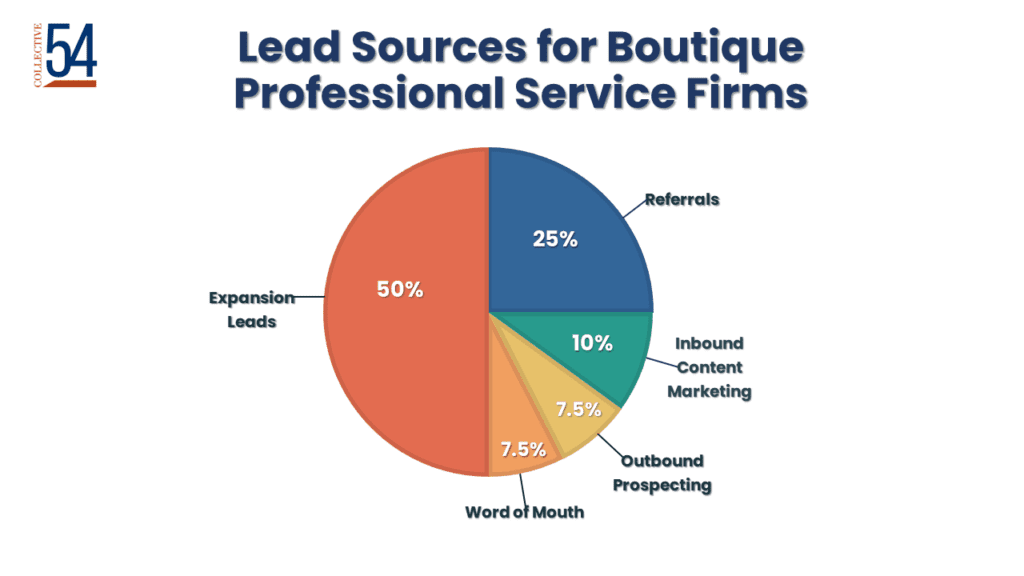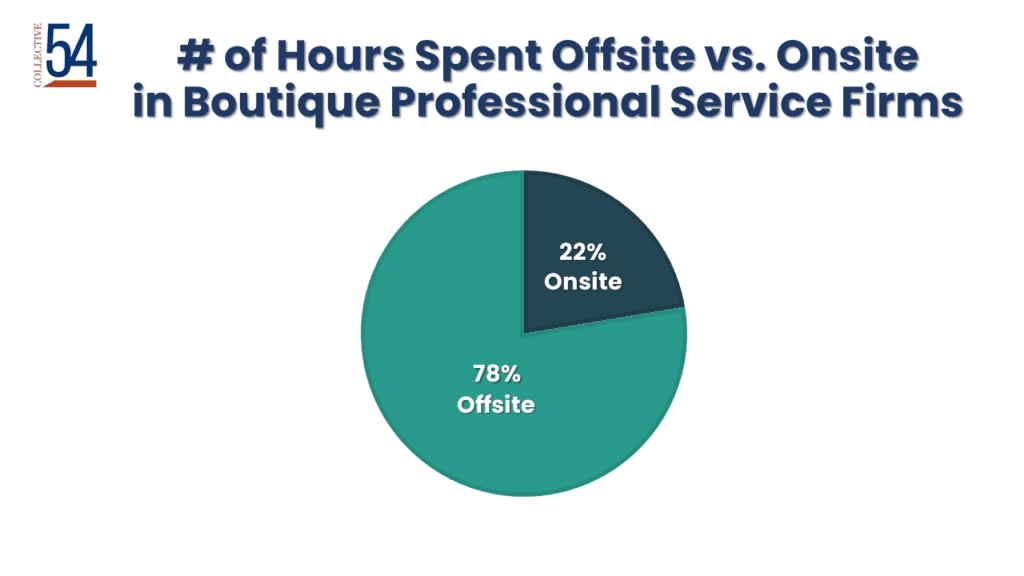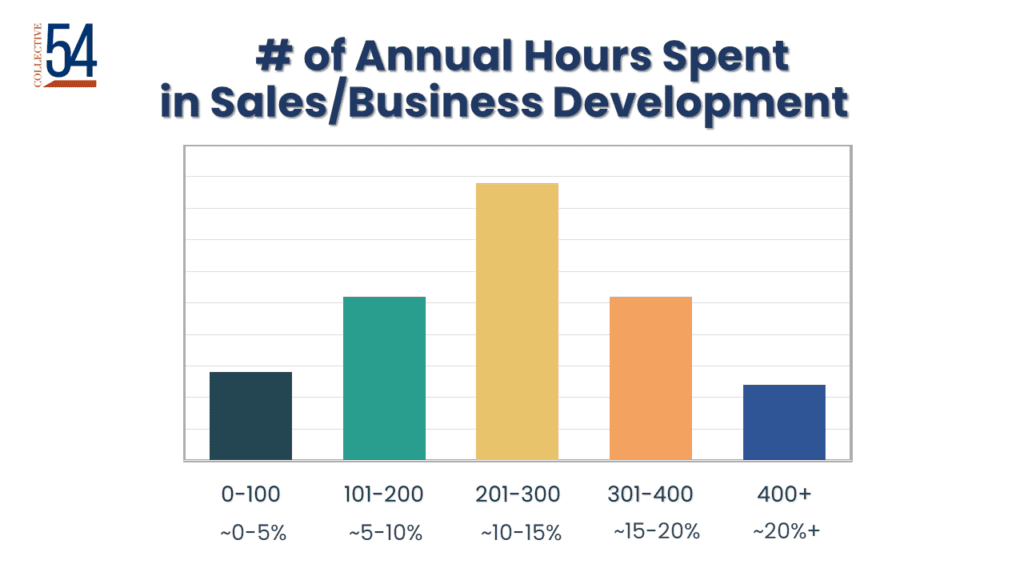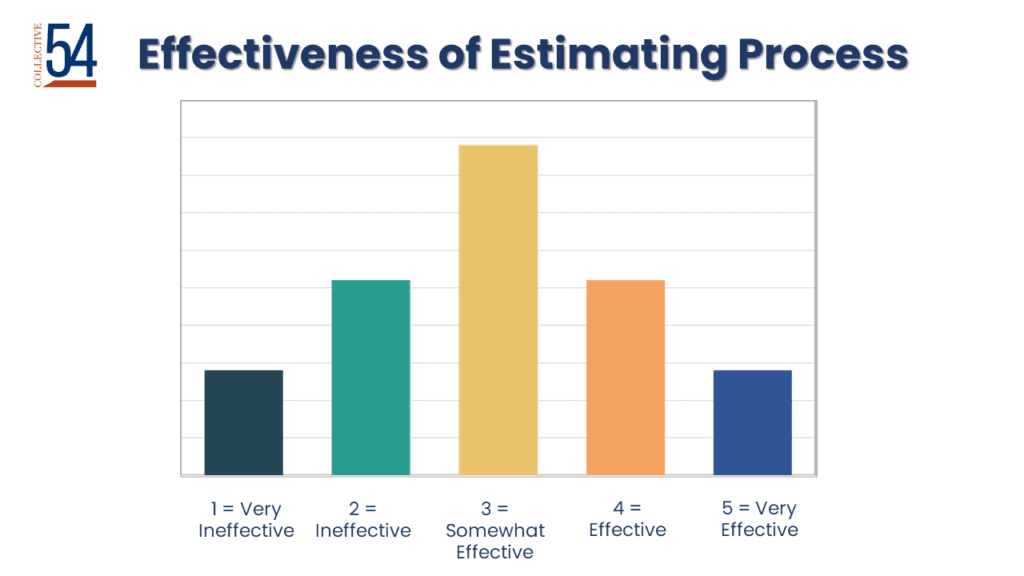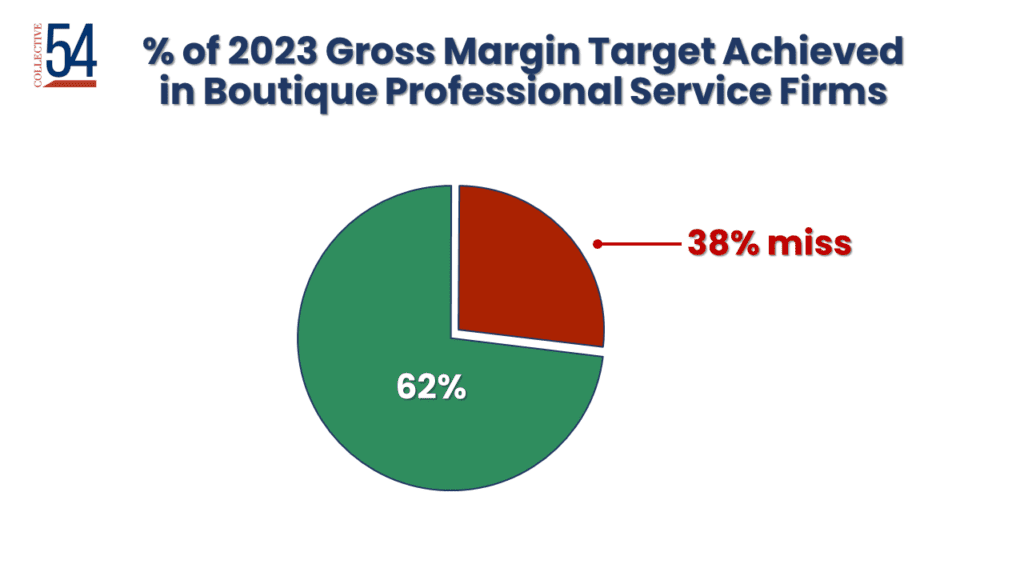Seven Signs Your Boutique Professional Service Firm Is an Undifferentiated Body Shop
Hey there, fellow founders of small service firms in North America! I’m Greg Alexander, and today we’re going to delve into a critical topic that might just change the trajectory of your business. We’re going to talk about the seven signs that your boutique professional service firm is at risk of becoming an undifferentiated body shop.



